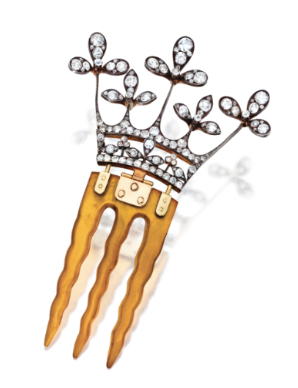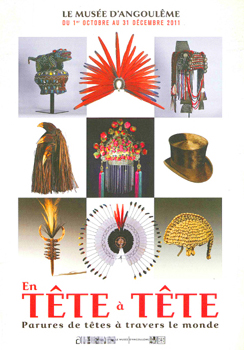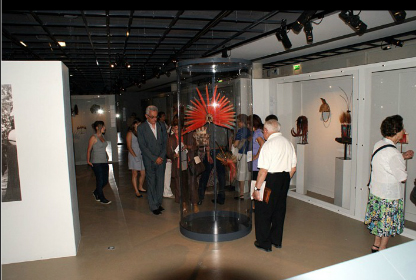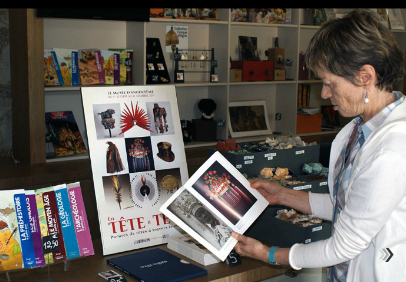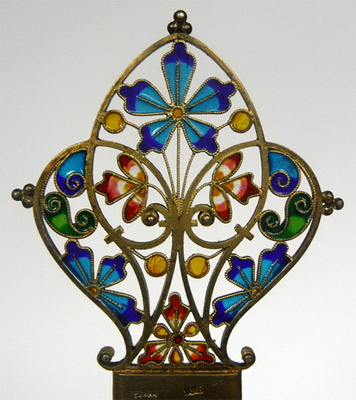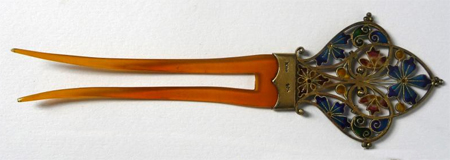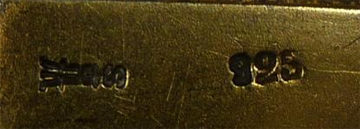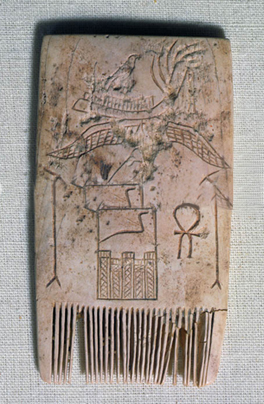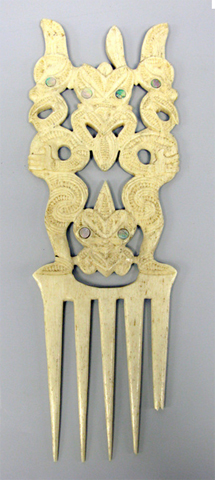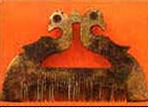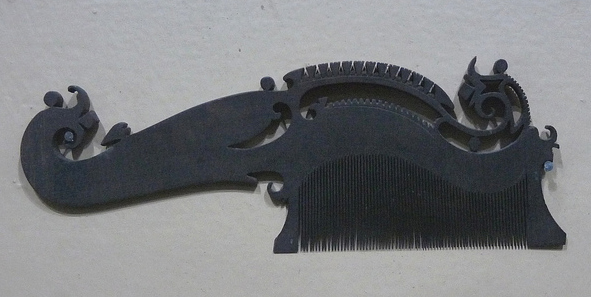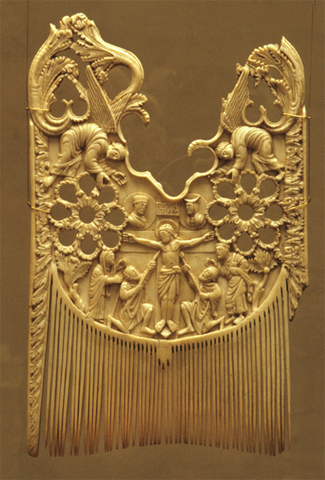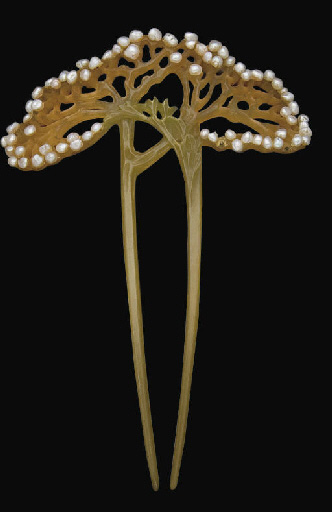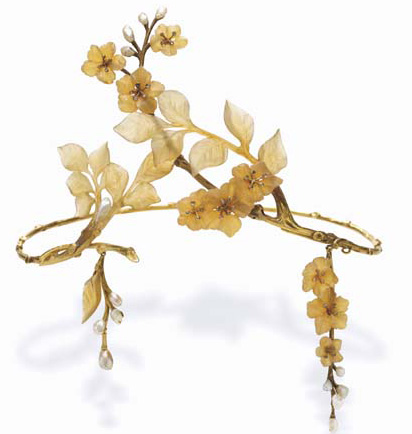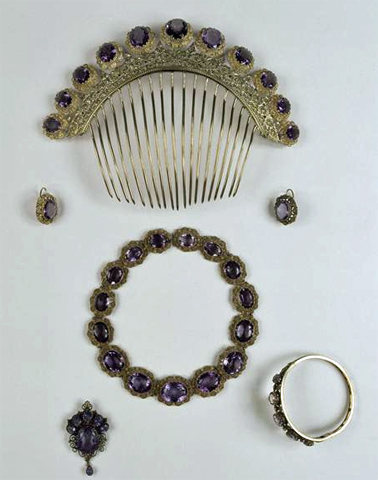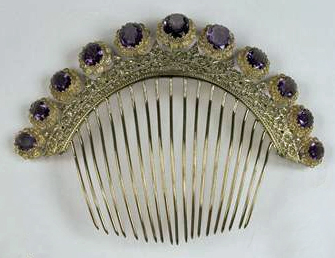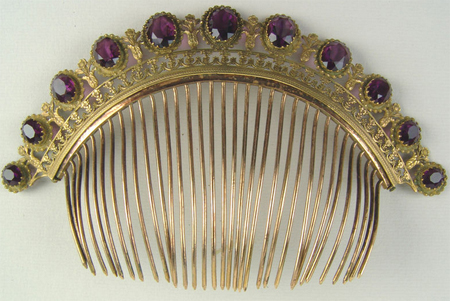On Oct. 9, 2011, a dealer on E-bay listed this comb and described it as “Old African? Large “oxbone” comb; elegant!” The starting price was $9.95. He made himself look like an idiot beyond comprehension. Everyone who bid thought it was an old Māori whale-bone Heru comb. It ended up selling for $2576.00
However, the comb was dubious. The carving was not correct. The material had no grain. Whale bone has grain. Sperm-whale bone also has some grain. Although I did not record the exact measurements, the comb’s size indicated that it could have only come from the ivory tooth of an elephant. A whale tooth couldn’t possibly have been that big.
Here is the front and the back of this fake comb.
The back showed that the coloration of the sides was not congruent with the potential age it was supposed to be. The spikes were too uneven. Also, it did not have a single nick on the edge.
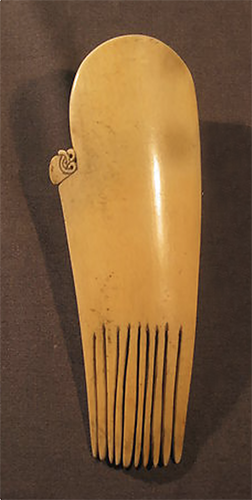
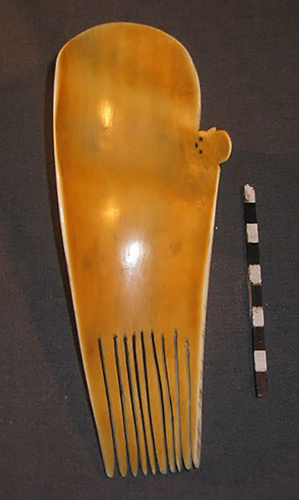
Here is a real one: the front and back of a 19th Century whale-bone Heru comb from North Island, New Zealand, which is in the collection of the Museum of New Zealand. It is 65 mm wide and 165mm long. The carver is unknown.
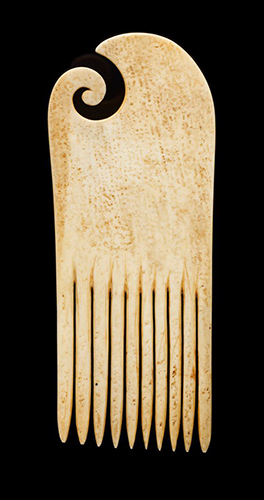
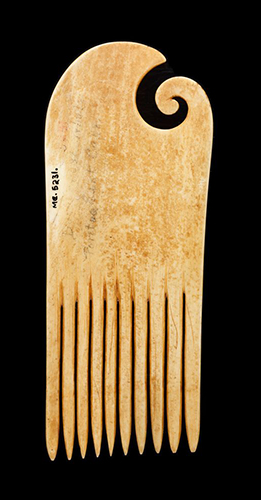
This is a picture of how it was worn by a warrior. The picture also comes from the Museum of New Zealand. In Māori culture, men wore their hair long with a top knot. The Heru was inserted behind the top knot. These combs only decorated the heads of top-ranking men. They were a symbol of mana, or status and prestige.
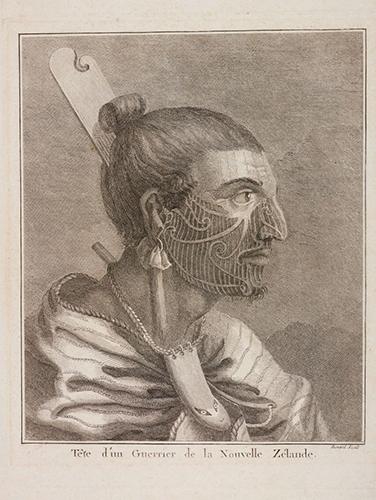
There is a Māori myth surrounding Heru combs. In 1200, Rua-tupu, the second son of Chief Uenuku, wore a Heru without permission. These combs could only be worn by the elder sons. His father belittled him. To get revenge, Rua-tupu took children of tribal noblemen into his canoe, traveled far into the ocean, and sank the boat. It is an incident in Maori history called “Te huri-pure-i-ata.” His older brother, Kahutia-te-rangi survived with the help of a whale, and his name changed to Paikea, or whale rider. The myth says Paikea had the help of the goddess Moa-kura-manu.
Heru combs like these depict Kahutia-te-rangi, or Paikea (the small carving on the left) riding the whale.
कंघी
With thanks to Mark Blackburn, Pierre Loos, Hugues Bienaymé, Charles Moreau, David Norden, Maureen Zarember, Jyrki Lammi, Guy Vdp, and Kajetan Fiedorowicz.
For more scholarly research, please examine
Te Ika a Maui: Or, New Zealand and Its Inhabitants. Illustrating the Orgin, Manners, Customs, Mythology, Religion … of the Maori and Polynesian … Productions, and Climate of the Country
